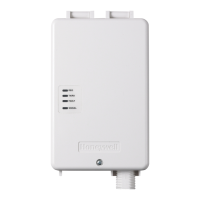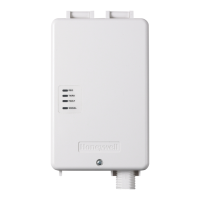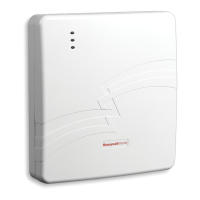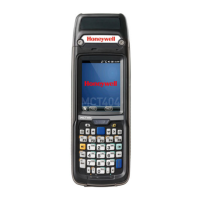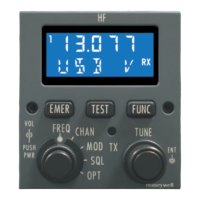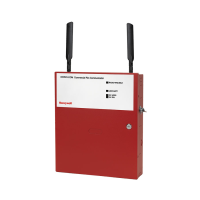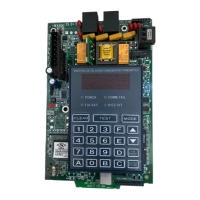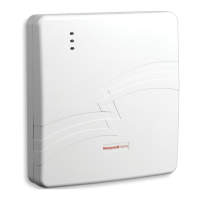Section 1: General Information
1-3
Zone Trigger Mode
• This mode is for use with control panels that do not support ECP communication nor 4204
Relay Modules
• The communicator provides six input zones
• Each zone can be configured for +V, –V, or EOLR triggering
UL: For the communicator, only the V+ inverted, V– non-inverted, and EOL options have
been evaluated.
• Each zone can be programmed for inverted operation, delayed reporting, and restoral
reporting
• Zone 1 input can distinguish between pulsed and steady signals and report fire or
burglary alarms respectively
• Zone 1 can also be programmed to report LYNX panic (if used with LYNX control)
UL: This feature has not been evaluated by UL.
• Reports are sent in ADEMCO High-Speed format
Opening and Closing ring back is supported by the control panel’s digital dialer.
4204 Mode and Two-4204 Mode
• This mode is for use with Honeywell control panels that do not support ECP communica-
tion, but do support 4204 Relay Modules
• The communicator connects to the control panel’s keypad terminals
• The control panel treats the communicator as 4204 Relay Module(s), so program the
control panel accordingly, including setting the communicator’s proper 4204 device
address
• 4204 mode provides up to four zone inputs, plus two optional trigger zones, depending on
options programmed
• Two-4204 mode provides up to eight zone inputs, depending on options programmed
• Each 4204 zone can be programmed for delayed reporting and restoral reporting
• Reports are sent in ADEMCO High-Speed format
UL
• Opening and Closing ring back is supported by the control panel’s digital dialer.
• 4204 Mode and Two-4204 Mode has not been evaluated by UL.
Supervision Features
The communicator provides the following types of supervision and communicator fault
detection:
• Network communication failure
: In the event the AlarmNet network does not hear a
supervisory message from the communicator within a specified time (“Supervision” option,
24 hours, 30 days, or none), AlarmNet notifies the central station of a communication
failure.
• Communication path failure
: In the event the module detects a communication path
failure, both the Central Station and the control panel can be notified of the trouble
condition. The failure is considered a true fault when the fault time has expired ("GSM
Fault Time" option) provided it has been set to a non-zero value. Notification is sent to
the central station upon this expiration.
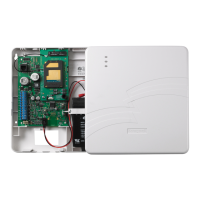
